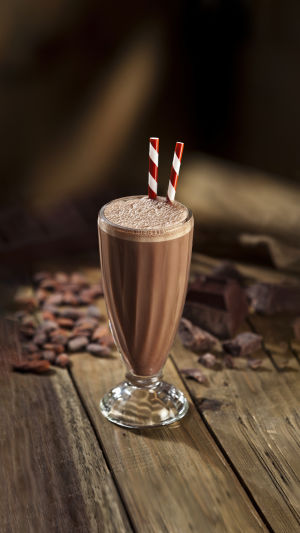Few things feel as comforting on a chilly day as a cup of hot chocolate.
But did you know that this beloved drink has traveled through centuries of history, evolving from a bitter Aztec brew into the sweet treat we enjoy today?
Let's take a journey through time to discover how hot chocolate became a global favorite.
<h3>The Aztec Origins: A Bitter Beginning</h3>
The story of hot chocolate starts with the ancient Aztec civilization in Central America. Around 1400 AD, the Aztecs were already making a frothy, unsweetened drink from roasted and ground cacao beans. They called it "xocolatl", which means "bitter water". This beverage was nothing like the hot chocolate we know today—it was thick, cold, and spiced with chili peppers.
For the Aztecs, cacao was more than just a drink. It was sacred and symbolic, believed to be a gift from the gods. It was also reserved for royalty and warriors, used to provide strength and stamina in battle. Cacao beans even served as currency in Aztec trade markets. When Emperor Montezuma II consumed gallons of xocolatl daily, he wasn't just indulging—he believed it would boost his vitality.
<h3>Europe's Sweet Transformation</h3>
The turning point in hot chocolate's history came when Spanish explorer Hernán Cortés encountered the Aztecs in the 16th century. Cortés brought cacao beans back to Spain, along with the knowledge of how to prepare the drink. But Europeans weren't fans of the original bitter brew.
How to Make The Best Hot Chocolate Of All Time (4 ways)
Video by Joshua Weissman
Over time, they adjusted the recipe by adding sugar, cinnamon, and vanilla, which transformed it into a luxurious sweet drink. Hot chocolate soon became a favorite in royal courts, especially in Spain and France. It was still considered a symbol of wealth and status—only the elite could afford it.
By the 17th and 18th centuries, chocolate houses (similar to coffee houses) became popular gathering places across Europe. People would sip hot chocolate while engaging in lively conversations, business meetings, and gossip. It became more than a beverage; it was a cultural experience.
<h3>Modern Hot Chocolate: Cozy Comforts Everywhere</h3>
Hot chocolate finally became more accessible during the Industrial Revolution. Advances in cacao processing made chocolate cheaper, and soon, it was available to the masses. New variations also emerged—like powdered cocoa, which made it easier for people to prepare hot chocolate at home.
In the 19th century, companies like Cadbury in England and Nestlé in Switzerland began selling instant cocoa mixes, making it a household staple. Over time, different countries added their own twist to the drink. For example, Mexican hot chocolate is spiced with cinnamon and chili, while Italian cioccolata calda is a thick, pudding-like version.
Today, hot chocolate is a symbol of warmth and nostalgia. Whether you're curled up by the fire in winter or sipping it with whipped cream at a café, this drink connects us to centuries of history. From Aztec rituals to European salons to modern-day holiday traditions, hot chocolate has become a universal comfort for people of all ages.
<h3>A Sweet Legacy</h3>
The evolution of hot chocolate is more than just a culinary journey—it's a story of how cultures influence one another. What started as a sacred Aztec beverage became a royal European luxury and, finally, a beloved treat worldwide. Every time you take a sip of hot chocolate, you're enjoying centuries of tradition in a single cup.





